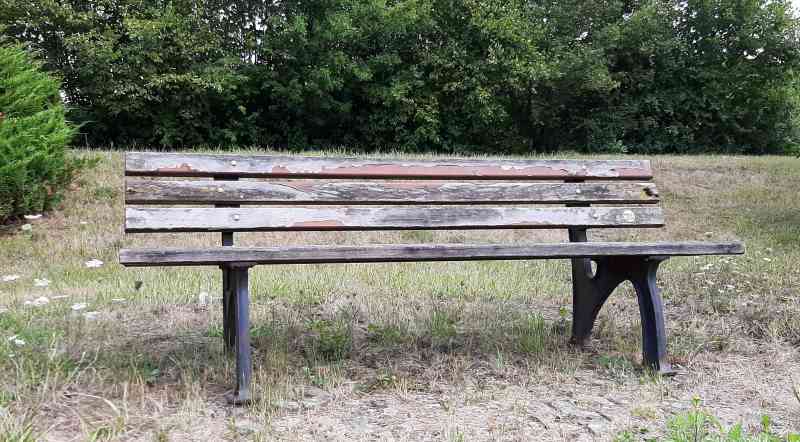People put a lot of energy into staying in shape. It’s easy to find suggestions of how to do so depending on one’s age category, state, or other identifying elements.
And it is widely understood as a healthy habit.
It also is resistance to change.
Exercising, eating habits, or attention to sleep are all there to assist one’s body in its ability to remain as performant as one has been used to.
Sure, there are also other situations in which they are there to regain an ability to perform or to learn to outperform previous abilities.
That’s when there will be a desire to overcome resistance to change.
Every system has self-preservation mechanisms. Homeostasis is a natural part of these mechanisms. It aims to keep the system where it is. It can be compared to a thermostat that keeps the temperature at the level it is asked to hold. It seeks to counteract anything that impacts the set heat.
Considering teams as systems, homeostasis will also be a natural part of it. To act homeostasis doesn’t evaluate if something is good or bad. By nature, it is focused on keeping the system working in the way it is working. It will not mind bad habits, nor reward good habits. Instead, it will resist anything that might bring change. That’s what it is there for.
Without a clear intention to change and a shared understanding of that change, the system will revert to using homeostasis. Not because people resent change, or don’t appreciate what they are being told or what they are asked to do. But because of their ingrained understanding that it is important to keep the system working as it does.
It is similar to exercising.
The system will only allow pushing beyond homeostasis when there is a clear need for it. That is when there is a clear perception that the system has been hurt and needs to regain strength, for example after breaking a leg. Or when there is an understanding, that something is impacting its long-term ability to survive, like for example a slow loss of flexibility. A third option is a desire to become able to do something that wasn’t possible before, for example running a marathon.
Similar situations for teams would be, having to adapt after the loss of important team members, a sudden appearance of competition one has to keep up with, and the desire to develop a new ability enabling the team to outperform others.
Whatever the situation, if the team doesn’t recognize it as a reason to change, nor decides to engage in the change, none of it will happen.
This is independent of whoever pushes the change. It’s the system’s natural reaction and one that has to be dealt with to aid change materialize.

